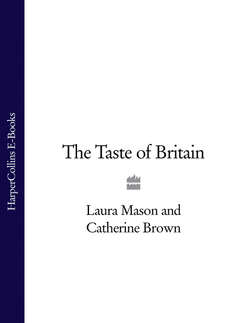Читать книгу The Taste of Britain - Hugh Fearnley-Whittingstall - Страница 30
HISTORY:
ОглавлениеThe word vinney derives from an archaic word vinew, which meant mould. It was in general use until the sixteenth century but was subsequently confined to South West dialect. Here, it was associated with a blue-mould cheese made in Dorset. This was certainly known in the eighteenth and nineteenth centuries as a cheese made by the wives of dairymen, using milk left after the cream had been removed for sale or conversion into butter. Thus it was always a very low-fat, rather hard cheese (Rance, 1982). Numerous recipes survive. The growth of blue mould in the cheese was regarded as the defining characteristic, and was encouraged by various methods, including placing the cheeses in barns or harness rooms to mature.
In the twentieth century, several factors adversely affected production: the secure market for whole, fresh milk provided by the Milk Marketing Board; the invention of efficient mechanical devices for separating milk and cream, which left no residual fat, producing a very hard cheese; and limits on cheese-makers imposed by the Ministry of Food during 1939-45. Until the 1970s, output remained low and the cheese was hard to find. A true Blue Vinney is once again available commercially.
